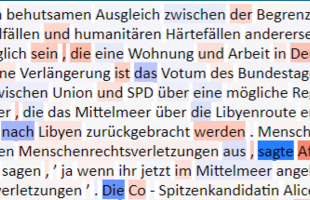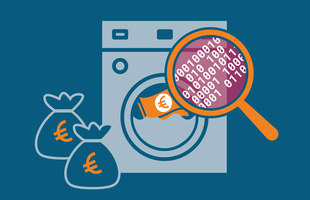
Whether application letters, school essays or program codes - with the text AI ChatGPT, texts of all kinds can be generated automatically within seconds. Fraunhofer SIT is researching ways to help recognize texts created with ChatGPT. Among other things, our text forensic experts work with a self-developed method for authorship verification, COAV. This is used to calculate the distances between texts using similarities of text modules and typical consecutive letter strings: Is the text closer to GPT or closer to a human?

The number of ways to bypass iOS data flow restrictions meanwhile has further increased, but Apple still does not fix them. So, the question is: How trustworthy are iOS MDM restrictions if even simple tricks to bypass them are not closed by Apple? Read about new ways to circumvent Apple's iOS MDM Dataflow restrictions and consequences for enterprises on the Appicaptor blog.

In the new research project MaLeFiz (Machine Learning for the Identification of Conspicuous Financial Transactions), researchers are working on a solution that uses machine learning – an artificial intelligence technique – to improve the search for illegal money flows and make it more precise. In addition, the project partners are developing minimum requirements and control mechanisms for Artificial Intelligence solutions used in the financial industry.
Events
Top Downloads
Job offers
Fraunhofer SIT seeks scientific staff, partly also for management positions
You will be responsible for planning, leading, executing and representing applied R&D projects, jointly with clients and partners from industry, government agencies and academia.
